
It's no new thing - in fact the DMM Raptor has been around since 1999. Its very longevity makes it an interesting subject for a review though, as this tried and trusted mountaineering axe has gone through a gradual evolution.
Out with the old
First introduced in 1999 as a durable mountaineering axe for those climbers who found the Fly too aggressive, the original Raptor was in its day one of the only mountaineering/classic curved axes to feature replaceable picks. Over the last 18 or so years it has gone through three big changes, first going from straight-shafted to bent and then, in the current model, gaining an improved ergonomic handle.
Since about 2000 I have been the proud owner of an original straight-shafted Raptor. Picked up for a song in the DMM factory (cosmetic) seconds bin, it has been my staple winter hillwalking and bottom-end mountaineering axe all that time. After a lot - and I do mean a lot - of abuse, the shaft is scratched and worn, the pick and spike have been blunted and sharpened several times, and the rubber grip has long since perished. But for solid reliability it has always been hard to fault, and I guess it is a testament to DMM's design and build quality that this easily rates as my longest and most heavily-used item of winter hardwear, ever.
It is solid enough to take the knocks, and rated to belay off. It's technical enough to climb with, albeit to modest levels - mine's been up innumerable grade I gullies and classic grade II ridges over the years. Yet it's still long enough for walking, and not too aggressive for effective axe arrests... In short, the Raptor is the epitome of an all-round mountaineering axe. After 15 or so busy seasons and several overseas trips my old battleaxe looks like it needs a break, and though I'm sure it's got plenty of life left yet the time seemed right to examine the current version of the Raptor. It has a lot to live up to in my eyes; so how has the model changed in the intervening years? And would I like the result?
Shaft
As with previous versions of the Raptor, the current model is available in a choice of two lengths, 50cm and 55cm. Which you go for depends partly on preference and partly on your size. While I'm no fan of extra long axes for walking, at six foot tall - and knowing that I'd be spending most of my time wielding it in walking mode, spike downwards - I originally opted for the 55cm. Since I never had cause to regret that choice I went for the longer version again this time. For me it's the ideal length for a mountain all-rounder, long enough to use as a prop on moderate-to-steep walking terrain, yet not so long that it feels cumbersome to swing pick-first in 'climbing mode', or unwieldy in a tight spot. I find it a good length for easy handling when axe arresting too - not that you want to be doing too much of that by choice.
While the original shaft is straight, and thus a little clunky, DMM have since added a slight curve. Offering an improved swing and greater stability when climbing (see below), it also makes for a more natural feel when you're carrying the axe pick-backward (easy arrest mode); it's a key change that makes a big difference in use.
Handle
The original Raptor has a one-piece shaft all the way down, which came with a simple rubber sleeve for insulation and grip down at the spike end. There's a lot more going on with the current version, where a separate hot-forged handle piece has been riveted onto the shaft, sealed with a watertight glue, and then cased in a moulded plastic grip. Subtly sculpted for easier holding when swinging the axe, grippy in wet slippery conditions, and reasonably effective at insulating the hand from the metal beneath, it's a major improvement on the original design.
Here's what DMM told us about this over-moulded, hot-forged handle:
"We made it this way to allow for improved ergonomics - It has a much more ergonomic shape when swinging compared to a straight tube (it tapers and fits the gripping hand well). By forging and machining the handle, it allowed us to maintain superb strength, whilst hollowing out the handle to maximise the thickness of the UV stabilised Thermoplastic covering. This increases the insulation value (meaning warmer hands) and also helps to reduce vibrations when you batter a rock in a panic."
Meanwhile at the top end, surviving basically unchanged over the years, the Raptor's distinctive rounded metal head feels comfy to hold, with a little dip on top that sits snugly in the hand. If it ain't broke, don't fix it...
Pick, adze and hammer
An effective all-rounder, the Raptor's pick has enough of a curve for decent climbing performance on rocky or icy mountaineering ground, without being too aggressive to effectively arrest with. Forming a single piece, the pick and adze / hammer can be quickly unbolted from the head with an allen key, for easy replacement if it gets too worn or - unlikely - snaps. It's even possible to add a Fly pick if you want something reverse-curved for more technical ground. Some time over the last couple of decades the overall length of the pick has shortened. This is a good thing, as the original felt a bit oversized on rocky mixed ground. The bite of the teeth has been slightly toned down too, which is probably an improvement for axe arresting and seems to be no disadvantage when climbing. In addition, marginally larger cut-outs take the weight down a fraction. Small improvements, but all worth mentioning.
The adze has slimmed down a touch too, though it remains equally adept at chopping ledges or digging out belays. I've even cut the odd step with it, when I couldn't be bothered to don crampons to cross only small patches of neve. While a hammer version is also available, I've never used one: hammers have more of a place on more technical tools, to my mind. This does however allow you the option of a pair of axes for easy gully climbs where you might - in a blue moon - need to bash in a peg.
Leash
Each Raptor comes as standard with a Chokehold Leash, a simple strap with a comfy padded wrist loop and glove-friendly adjustment loop. If you're a fan of wrist leashes, this one's pretty decent. Like most of us, over the years I've fallen out of love with the wrist leash in general - and this goes for mountaineering and walking as much as for more technical climbing. I probably won't be using this one.
Performance
Early in the winter I took the two generations of Raptor on a kind of family outing to the Cairngorms. Lean conditions and dry black rock left only one real option in Coire an Lochan, the grade I plod of The Couloir - perfect ground for an axe of this kind.
An icy start by the Great Slab gave a short interesting step, and I found myself swinging both axes in technical mode. The brand new sharp pick clearly penetrated hard ice far better - it wasn't a fair fight in that regard - but in addition, compared to the old straight shaft the new kinked shaft gave better clearance, a more natural swing, it felt more secure to pull on, and it protected the knuckles a bit. A while later, at a bare patch in the gully, I hooked my way gingerly up blocks of scree frozen in place with a sheen of ice: again, the new Raptor had the edge over the old in terms of security of placement. That moulded handle feels marginally easier to hold too. Adding that little bend clearly makes for a better technical axe, a fact that becomes immediately obvious when handling them both at the same time. Subsequent use on other mountaineering days has only increased my regard for the new Raptor's technical performance.
Weight and rating
While DMM quote the 55cm adze model at 664g, I make it 680g. Compared with the old version at 653g (also my measure) it's gained weight - perhaps a result of the extra rivets and moulding in the shaft. The Raptor certainly isn't a notably lightweight axe. By way of comparison the Grivel Air Tech Evo G-bone is only 458g (53cm, leash included); but though this is also T-rated it is not, perhaps, quite as climbing-oriented as the Raptor. Another ostensibly comparable model, the Petzl Summit EVO, is listed as 400g (52cm) - but though it looks similarly technical this is only B-rated - in other words you're not supposed to incorporate it into your belays.
There are good reasons for the Raptor's weight: its relatively hefty head gives better penetration in ice, while the overall weight also reflects this axe's robustness. It can take a good hammering - my many years of hard use attests to the toughness of the old model, and the current verison feels similarly well built. Crucially it is also T-rated, which means it's certified for use as a belay anchor - and not just the aluminium shaft, but the holes at the head and spike can also be clipped into when building belays. If you want an all-round mountaineering axe, then this level of certification is arguably a must-have feature. Given its ergonomic refinement, robustness and T-rating, I feel very forgiving of the Raptor's weight.
Summary
At £125 the DMM Raptor is not a budget option, but its price is roughly on a par with similar models from other well regarded brands. Since this is an axe that's built to last, you're going to get years of service for your money. Its relatively high weight may be a little off-putting on paper, but in use it reflects its general sturdiness, and the T-rating that makes it suitable for use in belays. A refined design makes this a superb all-rounder, with plenty of technical juice in the tank for classic mountaineering, yet without being overkill for hillwalking on less steep terrain. If you were only going to buy one axe for everything from winter Munros, through Scottish grade Is and IIs, to Alpine normal routes, then I can't see anyone regretting a Raptor. While I'll always have a soft spot for the original, the much improved current version looks set to be my new favourite axe for years to come.



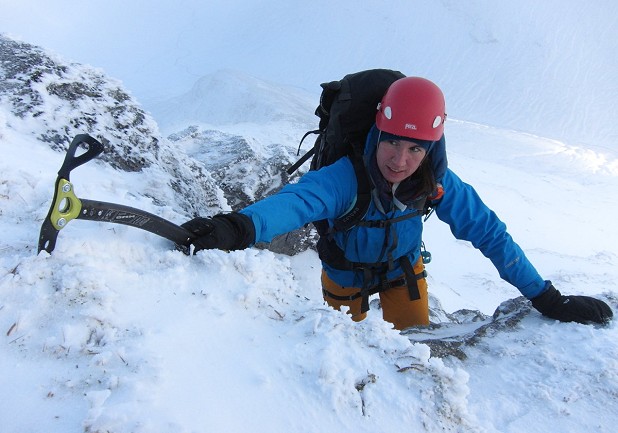
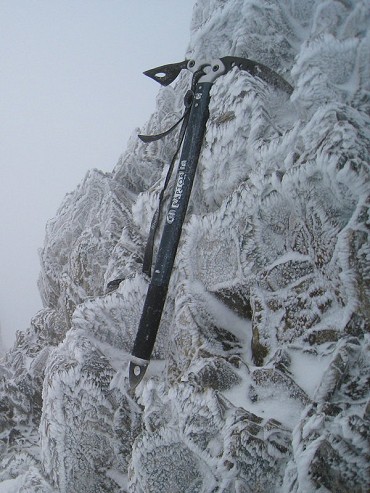
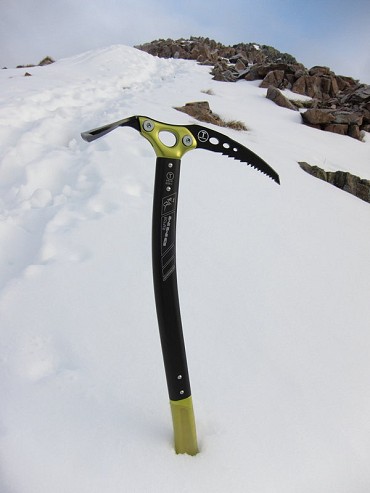
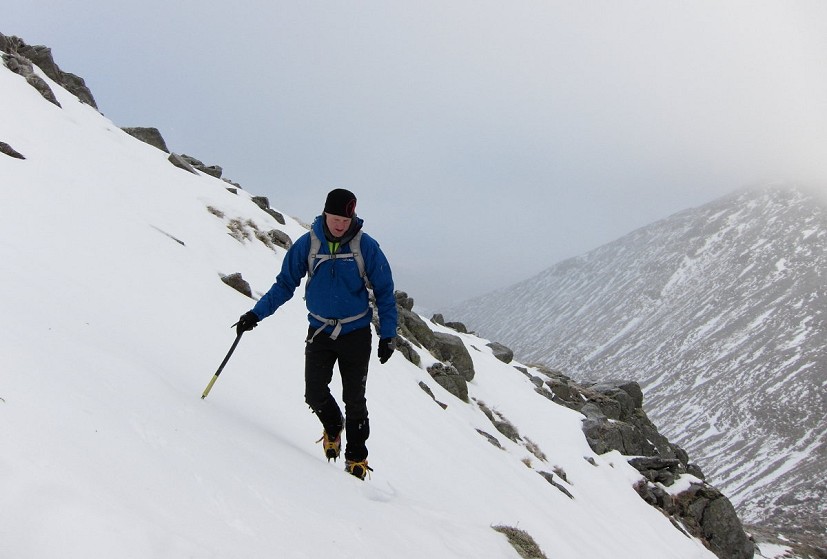
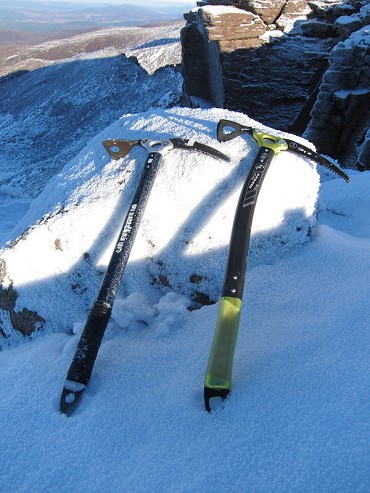
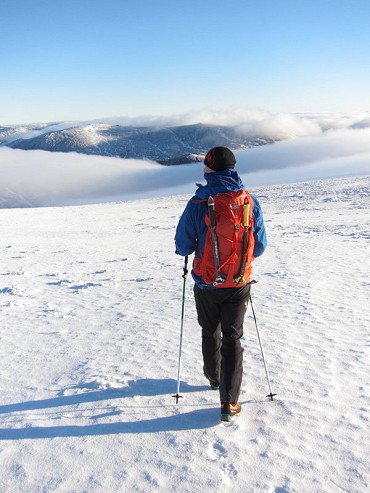
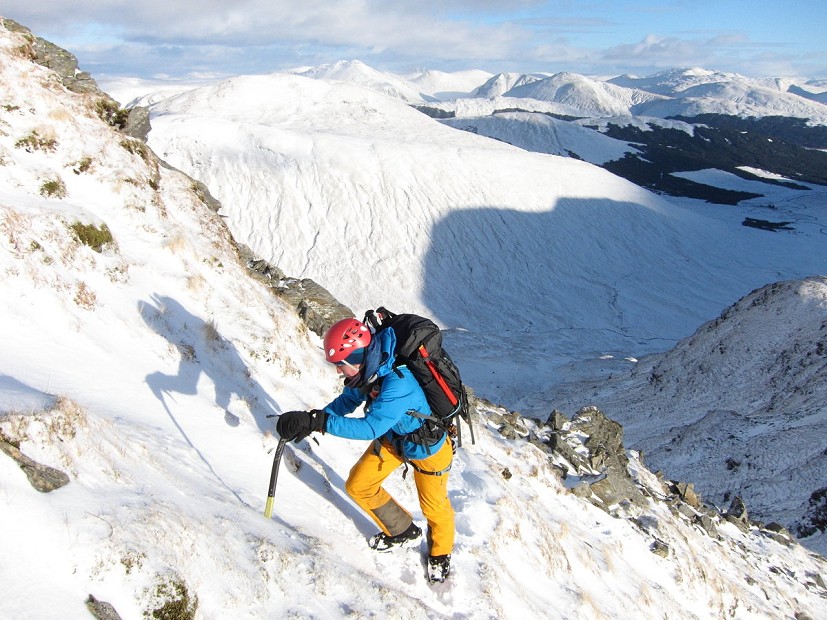

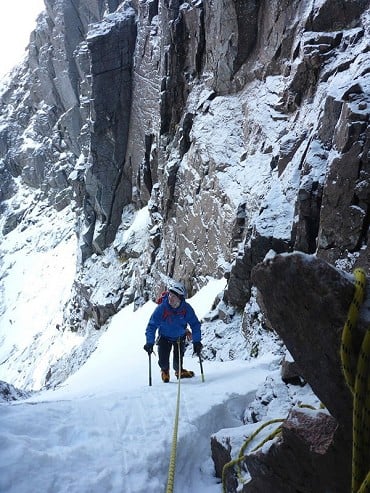

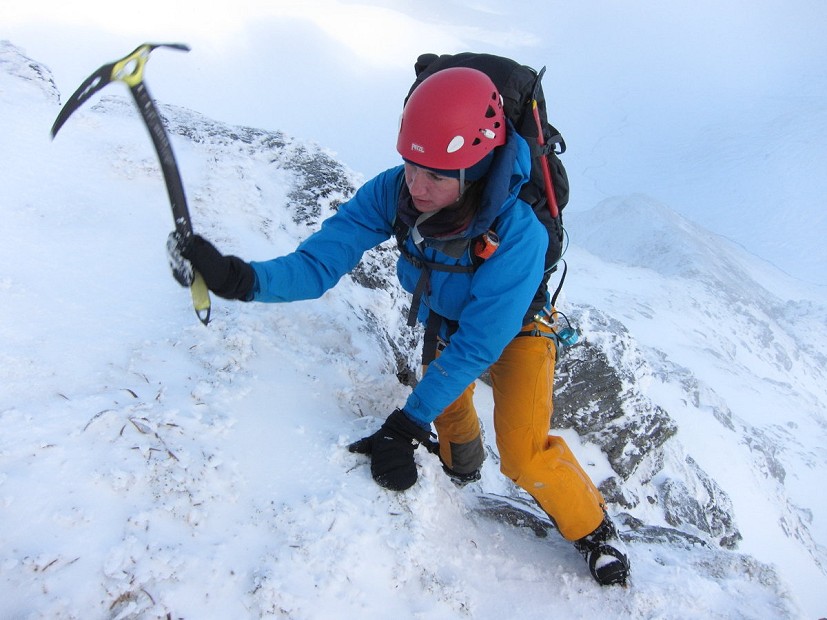
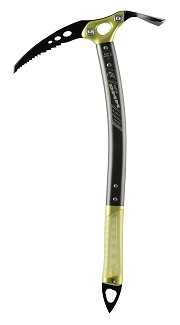
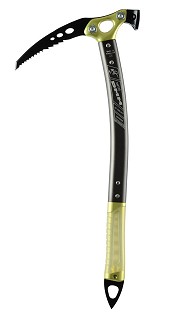

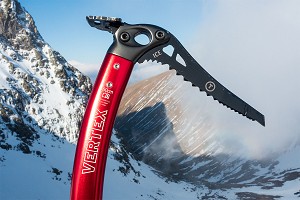
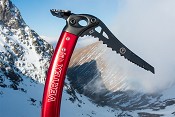


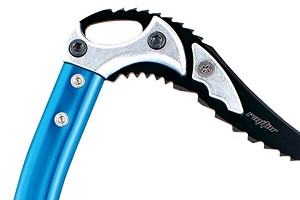
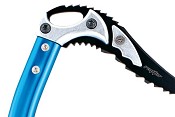
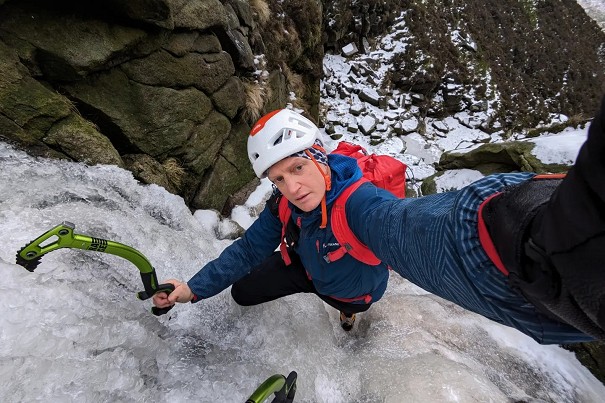
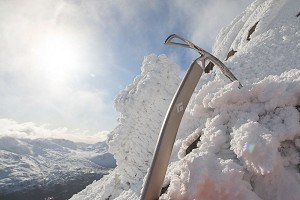

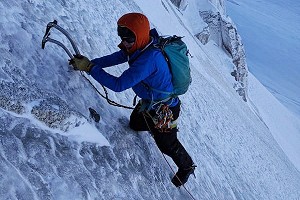







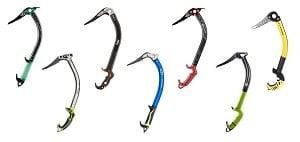




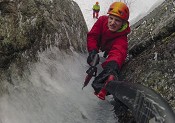
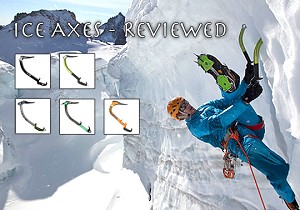

Comments